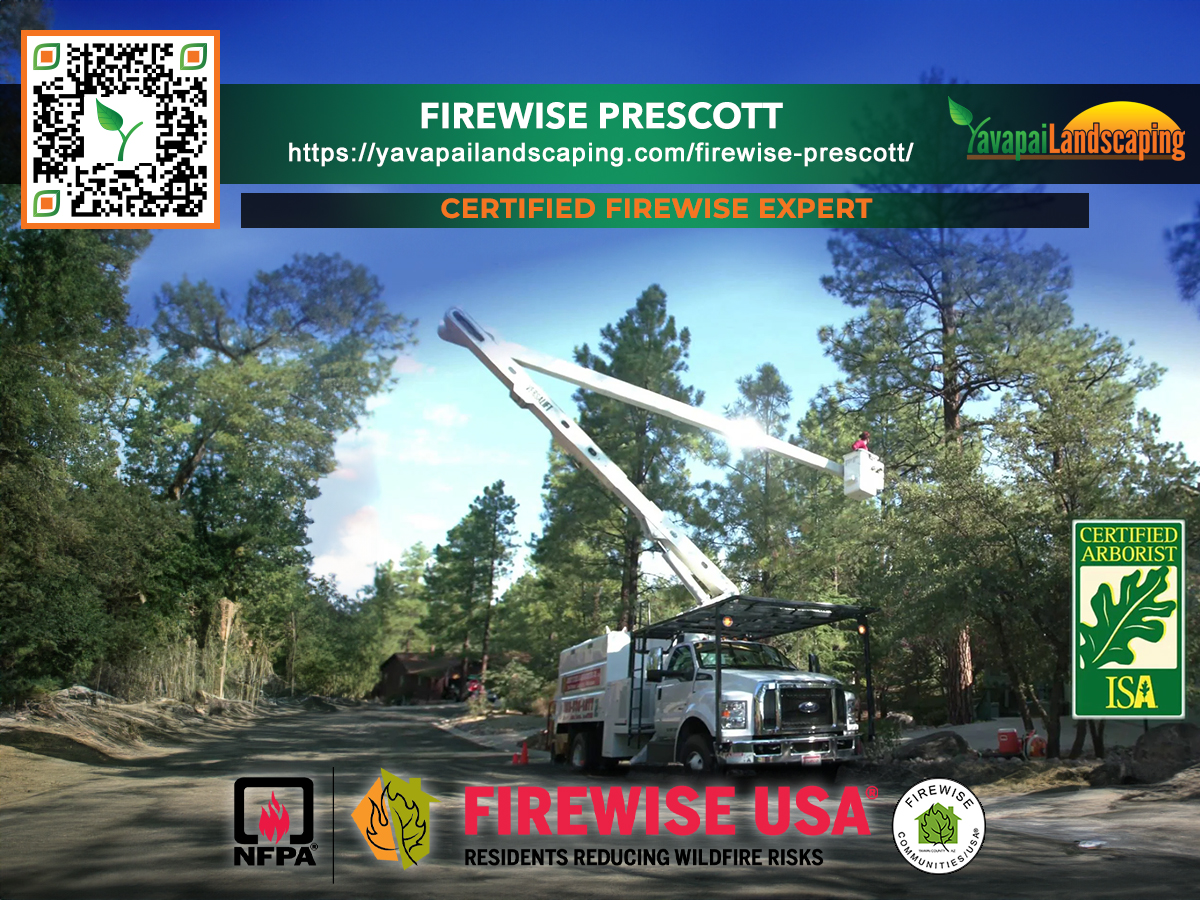
Firewise tree care is a smart way to protect homes and communities from wildfires. It involves managing trees and plants to create a safer space around buildings. This approach helps slow fires and gives firefighters a better chance to save properties.
Homeowners can make a big difference in wildfire prevention by focusing on fire-resistant landscaping. Choosing the right trees, pruning, and maintaining them are key. These steps create a defensible space, a buffer zone between your home and potential fire threats.
Firewise tree care isn’t just about cutting down trees. It’s about smart planning and ongoing care. This approach can save lives, protect property, and preserve our natural surroundings. Learning these skills is more important than ever as wildfires become more common.
Key Takeaways
- Firewise tree care reduces wildfire risks
- Creating defensible space is crucial for property protection
- Fire-resistant landscaping involves careful plant selection
- Regular maintenance is essential for effective wildfire prevention
- Firewise practices benefit both individual homes and entire communities

Understanding Firewise Tree Care Principles
Firewise tree care is key to lowering wildfire risks in communities. It means choosing and caring for trees that resist fire. This approach helps make areas safer.
Definition and Core Concepts
Firewise tree care is picking, planting, and keeping trees to lessen fire dangers. The aim is to slow down fire spread and cut down fuel for wildfires. Important ideas include:
- Choosing fire-resistant trees
- Proper tree spacing
- Regular pruning and maintenance
- Creating defensible spaces
The Role of Trees in Fire Prevention
Trees are vital in preventing fires when managed well. Fire-resistant trees can slow down fire spread. The right placement and upkeep of trees can change how fires behave. This reduces the intensity and speed of wildfires.
Key Components of Firewise Landscaping
Good Firewise Landscaping uses several strategies:
- Fuel reduction by cleaning up leaves and branches
- Creating fire breaks with hardscaping
- Placing fire-resistant trees away from buildings
- Correct watering to keep plants moist
Using these Firewise ideas, people and communities can lower their risk of wildfires. They can also keep their landscapes beautiful and useful.
Benefits of Implementing Firewise Tree Care
Adopting Firewise tree care practices has many benefits for homeowners and communities. These benefits go beyond just preventing fires. They touch on different parts of daily life and help with community growth over time.

Using Firewise strategies can increase your property’s value. Properties with well-kept, fire-safe landscapes look better to potential buyers, leading to higher sale prices. Investing in your property’s look and safety is a smart move.
Many insurance companies value fire prevention. Homeowners who follow Firewise practices might get lower insurance rates or more coverage options, making choosing Firewise Tree Care a smart financial choice.
Keeping communities safe is a key goal in Firewise areas. By making defensible spaces and keeping landscapes fire-resistant, people make their area safer for everyone. This teamwork lowers the chance of wildfires spreading fast through neighborhoods.
Firewise practices also help the environment. By picking native, drought-resistant plants and keeping trees healthy, homeowners support local ecosystems, biodiversity, and the safety of natural habitats for wildlife.
- Increased property values
- Potential insurance benefits
- Enhanced community safety
- Support for environmental conservation
By choosing Firewise Tree Care, homeowners and communities gain many benefits. They stay safe from wildfires and enjoy safer, more valuable, green living spaces. This forward-thinking makes living better for everyone. This article deserves your attention—read it and be amazed.
Firewise Tree Care: Essential Practices and Techniques
Protecting your property from wildfires begins with smart tree care. Let’s examine key strategies for making your landscape fire-resistant.
Proper tree selection for fire-resistant landscaping
When picking trees for a fire-prone area, choose wisely. Go for fire-resistant plants like maple, poplar, or cherry trees. These trees have a lot of moisture and don’t produce much sap, so they’re less likely to catch fire. In contrast, pine, fir, and cedar trees are highly flammable due to their dry, resinous branches and needles, making them poor choices for areas prone to wildfires.
In addition to selecting fire-resistant tree species, it’s also essential to consider the tree’s growth habits and maintenance needs. For example, trees with low-hanging branches or dense foliage can create a ladder effect, allowing fires to spread quickly from the ground to the canopy. Opt for trees with a more open canopy and minimal undergrowth to reduce the risk of fire spread. Regular maintenance, such as pruning dead branches and removing leaf litter, can also help reduce the risk of fire. Choosing the right tree species and maintaining them properly can create a safer and more fire-resistant landscape in areas prone to wildfires.
Pruning and maintenance strategies
Pruning trees regularly is crucial for fire safety. Cut off low-hanging branches to prevent “ladder fuels” from carrying fire from the ground to the top of trees. Also, keeping trees well-watered and healthy helps them fight fires better.
Creating defensible space around structures
Set up defensible zones around your home. Clear a 30-foot area of flammable plants. In the next 70 feet, space trees at least 10 feet apart. This makes it harder for fires to spread and gives firefighters room to work.
Removing dead or diseased trees
Remember to remove dead or diseased trees. They’re fire hazards and can spread flames quickly. Regular checks help spot these risks early, protecting your property from wildfire.
In addition to removing dead or diseased trees, it’s also essential to maintain a safe perimeter around your property. This can be achieved by creating a defensible space around your home or building free from combustible materials and vegetation.
Yavapai Landscaping Prescott offers free quotations for landscaping and tree services in Prescott and its nearby localities. These include tree removal, trimming, stump grinding, land clearance, storm cleaning, and emergency tree service.
